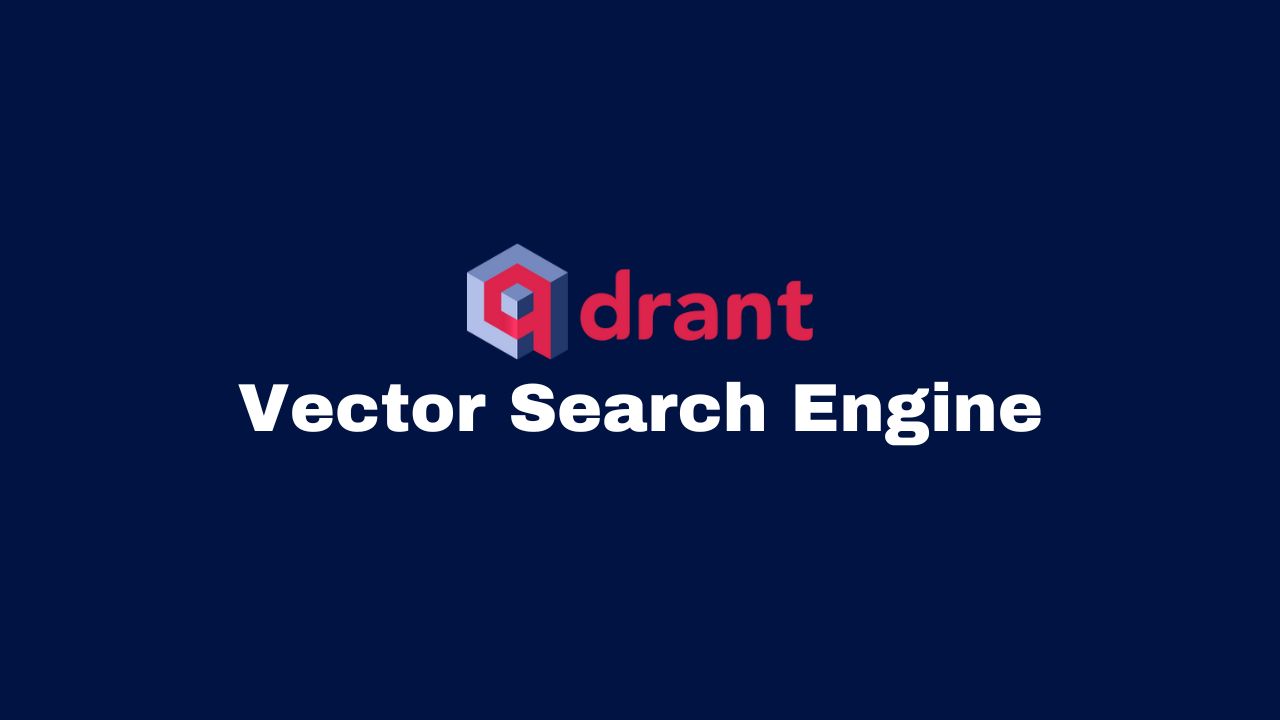Warning: require_once(C:\xampp\htdocs\wordpress\wp-content\plugins\wpdatatables/source/class..wpdatachart.php): Failed to open stream: No such file or directory in C:\xampp\htdocs\wordpress\wp-content\plugins\wpdatatables\source\class.wpdatachart.php on line 470
Fatal error: Uncaught Error: Failed opening required 'C:\xampp\htdocs\wordpress\wp-content\plugins\wpdatatables/source/class..wpdatachart.php' (include_path='C:\xampp\php\PEAR') in C:\xampp\htdocs\wordpress\wp-content\plugins\wpdatatables\source\class.wpdatachart.php:470 Stack trace: #0 C:\xampp\htdocs\wordpress\wp-content\plugins\wpdatatables\controllers\wdt_functions.php(630): WPDataChart::build(Array, true) #1 C:\xampp\htdocs\wordpress\wp-includes\shortcodes.php(434): wdtWpDataChartShortcodeHandler(Array, '', 'wpdatachart') #2 [internal function]: do_shortcode_tag(Array) #3 C:\xampp\htdocs\wordpress\wp-includes\shortcodes.php(273): preg_replace_callback('/\\[(\\[?)(wpdata...', 'do_shortcode_ta...', '\n<p class="has-...') #4 C:\xampp\htdocs\wordpress\wp-includes\class-wp-hook.php(324): do_shortcode('\n<p class="has-...') #5 C:\xampp\htdocs\wordpress\wp-includes\plugin.php(205): WP_Hook->apply_filters('\n<p class="has-...', Array) #6 C:\xampp\htdocs\wordpress\wp-includes\post-template.php(256): apply_filters('the_content', '<!-- wp:paragra...') #7 C:\xampp\htdocs\wordpress\wp-content\themes\foxiz\templates\single\templates.php(588): the_content() #8 C:\xampp\htdocs\wordpress\wp-content\themes\foxiz\templates\single\templates.php(554): foxiz_single_entry_content() #9 C:\xampp\htdocs\wordpress\wp-content\themes\foxiz\templates\single\standard-3.php(50): foxiz_single_content() #10 C:\xampp\htdocs\wordpress\wp-content\themes\foxiz\templates\single\layouts.php(55): foxiz_render_single_standard_3() #11 C:\xampp\htdocs\wordpress\wp-content\themes\foxiz\templates\single\layouts.php(42): foxiz_render_single_post() #12 C:\xampp\htdocs\wordpress\wp-content\themes\foxiz\single.php(8): foxiz_single_post() #13 C:\xampp\htdocs\wordpress\wp-includes\template-loader.php(106): include('C:\\xampp\\htdocs...') #14 C:\xampp\htdocs\wordpress\wp-blog-header.php(19): require_once('C:\\xampp\\htdocs...') #15 C:\xampp\htdocs\wordpress\index.php(17): require('C:\\xampp\\htdocs...') #16 {main} thrown in C:\xampp\htdocs\wordpress\wp-content\plugins\wpdatatables\source\class.wpdatachart.php on line 470

